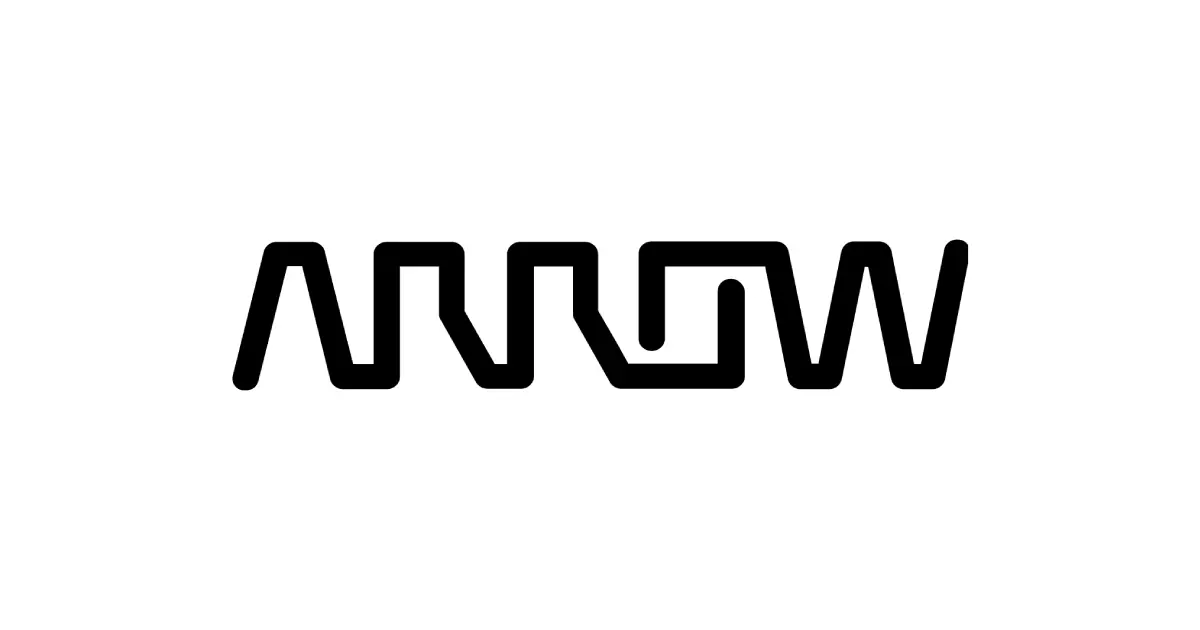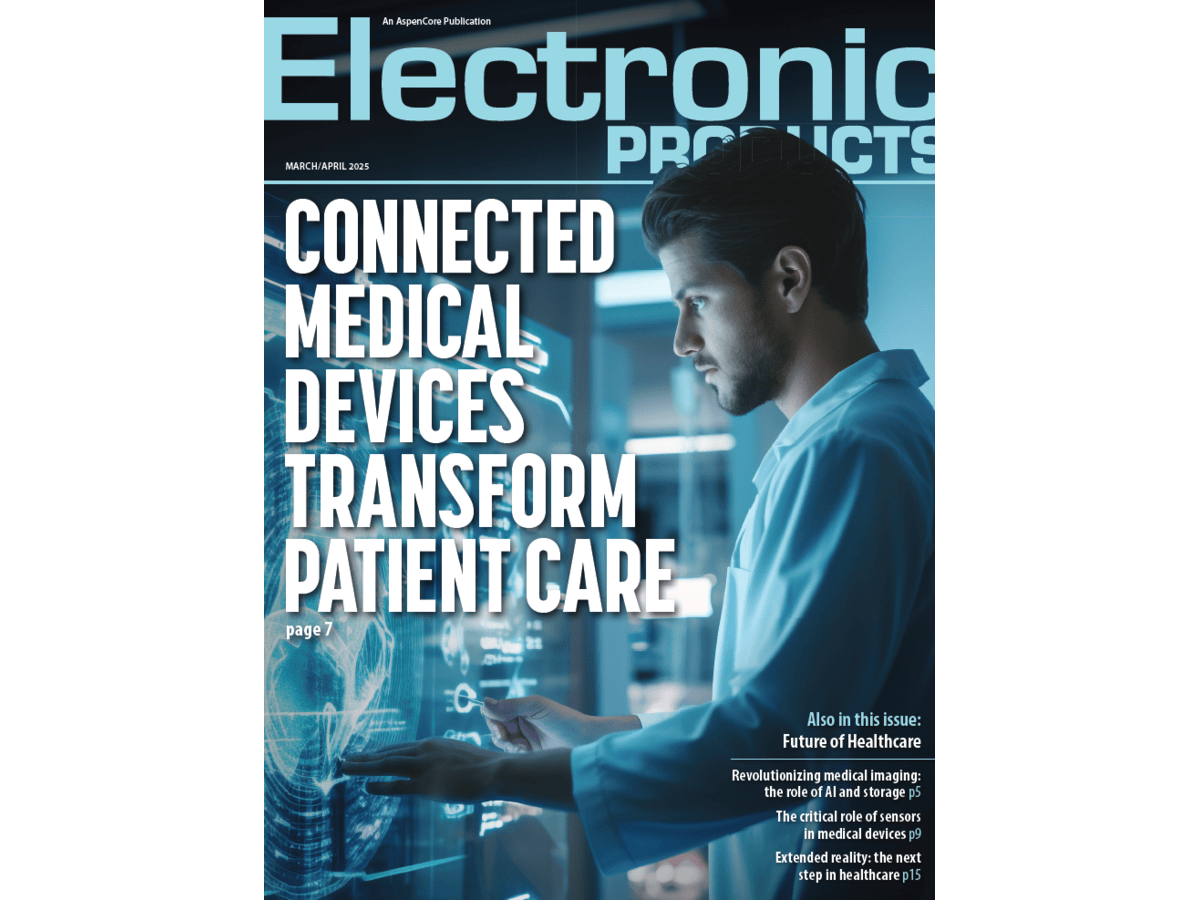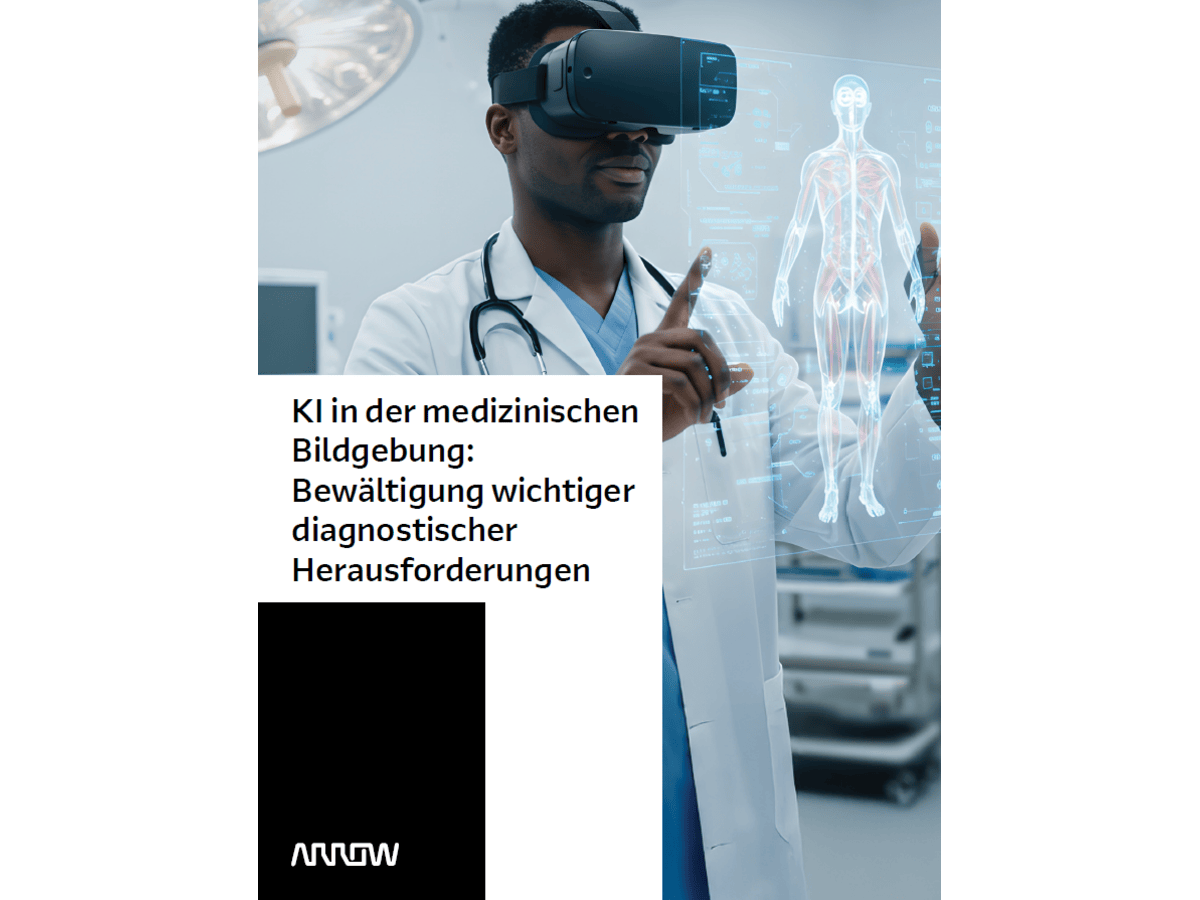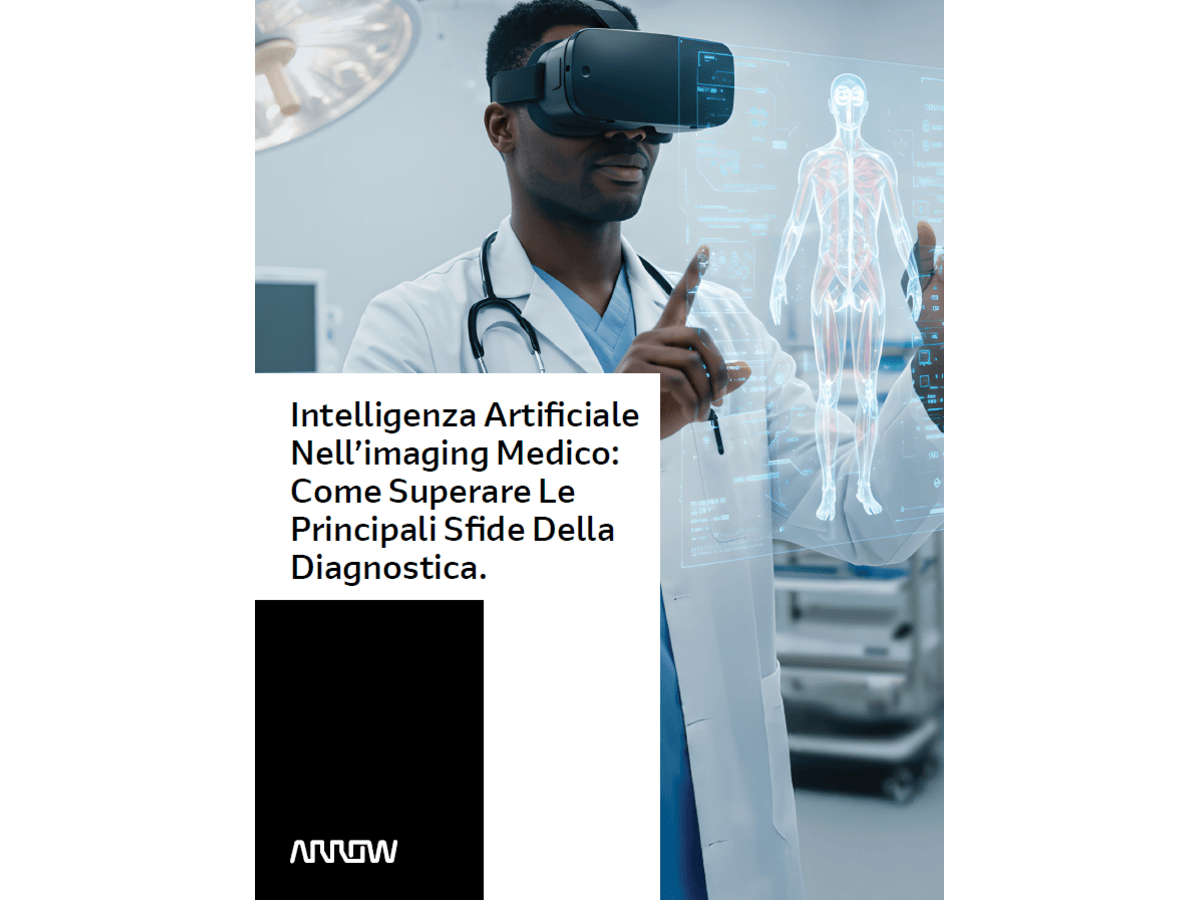Arrow Electronics
Success
You have successfully submitted your enquiry. Someone from our company will respond ASAP
Arrow Electronics

White Papers
Advancements in air source heat pumps
Air Source Heat Pumps (ASHPs) are becoming a cornerstone of decarbonized HVAC. Their efficient, electrically driven heating and cooling align with environmental goals and regulatory mandates under the AIM Act. Delivering scalable, high-performance ASHP systems requires cross-functional innovation bridging semiconductor design, system architecture, and digital intelligence. ASHPs are more than HVAC replacements; they are scalable, intelligent platforms enabling sustainable growth. Download to find out more.
Fiabilité au niveau des composants: Plaidoyer pour les résistances à couche mince et les résistances de shunt métalliques dans les systèmes à fortes contraintes
Découvrez comment les résistances de précision de Susumu offrent une détection précise, un contrôle stable de la tension et des performances à haute fréquence dans les systèmes automobiles et industriels. Ce livre blanc décrit les principales familles de produits, les informations sur les applications et les considérations techniques pour aider les concepteurs à choisir les composants adaptés aux environnements exigeants.
Engineering the Shield Against UAV Threats
This white paper examines how rapid advances in aerial technologies are reshaping modern warfare and redefining military advantage, with a particular focus on the accelerating challenges posed by unmanned systems. It explores the rise of low-cost, disposable UAVs that create asymmetric threats for global powers and the increasing need for robust counter-UAV defense. The paper highlights how layered protection—combining energy, electronic, and kinetic countermeasures—works in concert with AI-driven detection, identification, and rapid response. Finally, it underscores the importance of modular, adaptable systems designed to keep pace with fast-evolving and highly agile aerial threats.
Component-Level Reliability: The Case for Thin Film and Metal Shunt Resistors in High-Stress Platforms
Discover how Susumu’s precision resistors provide accurate sensing, stable voltage control, and high-frequency performance in automotive and industrial systems. This whitepaper outlines key product families, application insights, and engineering considerations to assist designers in selecting the right components for demanding environments.
Design Playbook: Architecting Advanced Drone Systems
What does this playbook offer? The field of aerial systems engineering is evolving rapidly, propelled by breakthroughs in AI, compact yet powerful hardware, and increasing demands for safety, scalability, and exceptional performance. Whether developing a surveillance solution for defense or a precision-mapping platform for commercial missions, engineers face a diverse and ever-growing array of critical challenges. Start Designing.
Connected Medical Devices Transform Patient Care
The March/April 2025 issue of Electronic Products Magazine examines the technologies transforming modern healthcare. Covering advancements in medical imaging and diagnostic devices, along with the influence of AI, sensors, and edge computing, this issue provides essential insights for engineers developing next-generation medical solutions. Featuring expert commentary, product highlights, and design strategies, this edition empowers innovators with the necessary tools and context to accelerate development in diagnostics, therapy, and patient monitoring systems.
KI in der medizinischen Bildgebung: Bewältigung wichtiger diagnostischer Herausforderungen
Daten des Gesundheitswesens machen derzeit 30 % des weltweiten Datenvolumens, wobei Prognosen bis 2025 einen Anstieg auf 36 % erwarten lassen. Die wichtigsten Quellen dieser multimodalen medizinischen Daten sind die medizinische Bildgebung (MRT, CT, PET), die Genomik, die Proteomik, die Sensordaten sogenannter Wearables und unstrukturierte elektronische Gesundheitsaufzeichnungen (Electronic Health Records, EHRs). Die inhärente Heterogenität und hohe Dimensionalität dieser Daten stellen erhebliche Herausforderungen bei der klinischen Interpretation dar, insbesondere wenn es darum geht, umsetzbare Erkenntnisse aus allen Modalitäten zu gewinnen.
Intelligenza Artificiale Nell’imaging Medico: Come Superare Le Principali Sfide Della Diagnostica
Attualmente, i dati sanitari rappresentano il 30% del volume di dati mondiale, con proiezioni che suggeriscono un aumento fino al 36% entro il 2025. Questi dati medici multimodali provengono principalmente dall'imaging medico (RM, TC, PET), dalla genomica, dalla proteomica, da sensori indossabili e da registrazioni di dati clinici non strutturate. L'eterogeneità intrinseca e l'elevata dimensionalità di questi dati presentano sfide significative nell'interpretazione clinica, soprattutto quando si mira a estrarre informazioni utili tra le diverse modalità.
AI in Medical Imaging: Overcoming Key Diagnostic Challenges
This whitepaper examines how engineers can utilize AI and Generative AI in oncology imaging systems to enhance early detection, automate analysis, and facilitate predictive diagnostics. It addresses challenges such as image variability, data fusion, and computational complexity, while detailing system-level architecture and implementation considerations. Engineers will gain practical insights into scalable hardware design, deep learning model integration, and the future of AI-augmented radiology.









